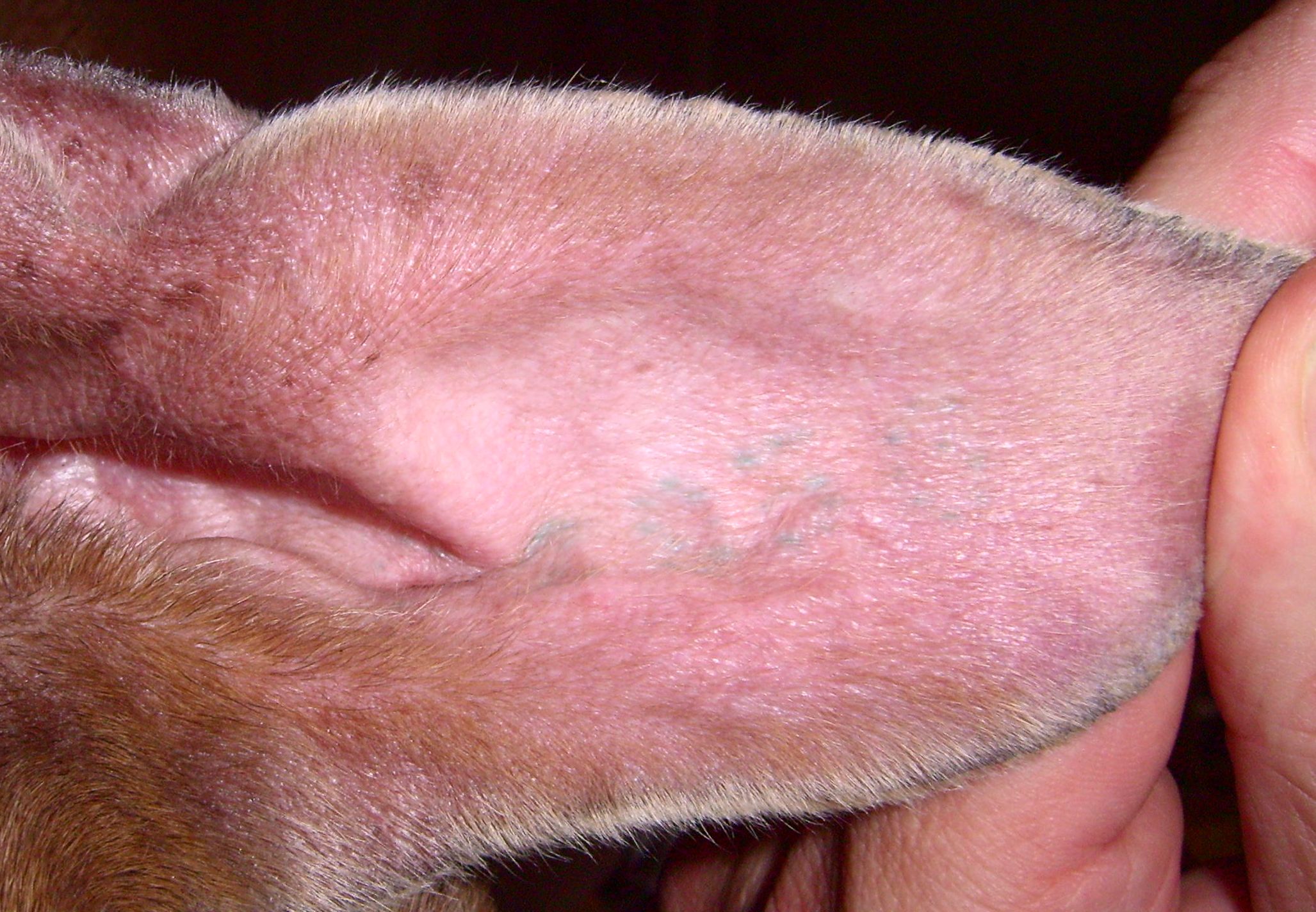The ears of a dog are quite prone to infections, especially yeast infections. These infections may not seem serious at first, but they can have a negative effect on the health and general well being of your pet, and can lead to deafness, and in the worst cases, death. Properly treated, yeast infections in the ear can be eliminated, and your dog can get back to being its old self.
Before treating a yeast infection in the ear, you have to be able to identify the yeast infection. There are some signs that your dog has some type of ear infection. If your dog shakes its head excessively, or won’t stop scratching its ears, you might have a dog with an ear infection on your hands. If your dog is wearing away your carpet with multiple attempts to dig a hole with its head, then you almost defiantly have an ear infection to deal with.
Check the ear (or ears) in question. If you notice a foul smell, kind of like milk gone sour, you’ll want to take a look and see if you can spot any discharge. If that discharge looks like slime, specifically a brown waxy slime, then you’re likely dealing with a yeast infection. You should deal with this infection as quickly as possible for the benefit of both you and your dog.
You’ll want to begin treatment by cleaning out the dog’s ears. Use a soft cloth, tissue, cotton ball, or cotton swab, but don’t stick anything deep into the ear canal. Remove any pus or ear wax that you can see gently, especially if there is any redness or swelling. You will then have to remove any hair in the ear canal, as the hair is a breeding ground for infection. Plucking this hair is easily done and doesn’t hurt the dog too much, unless there is swelling present. If the ear canal is swollen, wait to pluck the hair until things are looking a little better. You don’t want to cause unnecessary pain to your canine friend.
Make a solution to help clear out the infection and prevent it from returning. Mix up a small amount of half vinegar, half water cleansing solution, and warm it to slightly more than room temperature. Soak your cotton ball or cotton swab in this solution for several minutes. Carefully insert the cotton into the ear canal and wipe the inside of the ear, allowing some of the solution to drip into the ear canal. Massage the outside of the ear to distribute the solution, then let your dog shake its head to remove any excess solution.
Repeat this process twice a day until the foul smell and discharge is gone. Then repeat for a further week, once a day, to help prevent the infection from returning. If the infection does not clear within ten days, or if the infection worsens, take the dog to the veterinarian immediately.
To prevent further infections, keep the ear canal dry and free of hair and foreign objects. It is often helpful if you check the ears on a weekly basis. Gently cleaning the ear on a regular basis will help prevent a recurrence.
Following these tips will help you to treat the yeast infection quickly and easily, and perhaps reduce future ear infections in your dog.

No comments:
Post a Comment